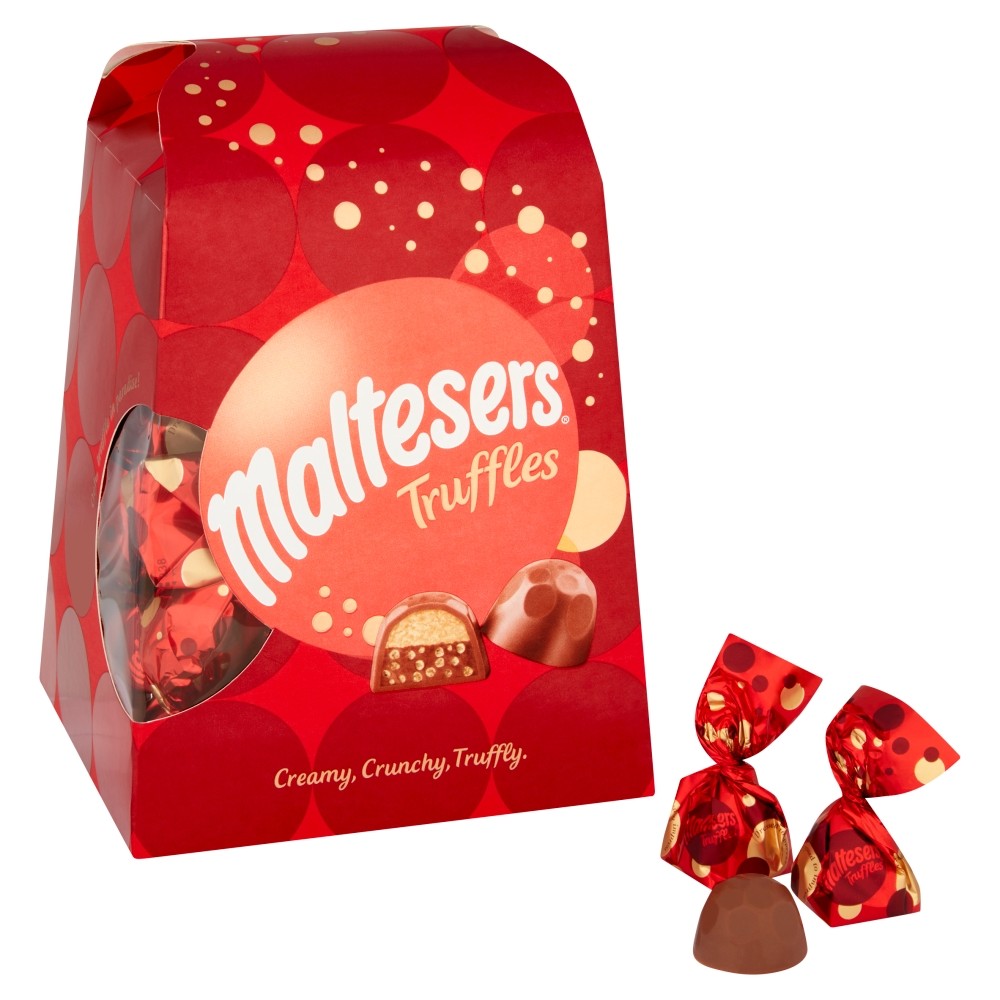
Chocolate is a convenience store staple, but changing shopper habits mean having premium chocolate options is vital, especially as more consumers look to treat themselves less often, but with higher-quality products.
Premium chocolate can refer to a number of things, such as the high quantity of cocoa used in the bar; whether it is Fairtrade and sustainably sourced; if it combines other ingredients, such as raspberry chunks or alcohol; and if the packaging has a more sophisticated feel.
This trend towards premium in chocolate has continued from 2018, when the number of chocolate launches carrying a premium claim increased by 9%. Now, it is the fastest-growing sub-category in chocolate, and it looks like it is here to stay.
How independent retailers can perfect their premium chocolate range
Susan Nash, trade communications manager at Mondelez International, says that evening snacking is worth more than £6.5bn and growing, and chocolate is the number-one choice for those settling down for a night in with friends and loved ones, followed by sugar confectionery, biscuits then crisps.
“So, there are plenty of opportunities to help create the perfect night in as consumers stay at home,” she says.
This is especially true in the current circumstances, when shoppers may be looking for a more luxurious treat.
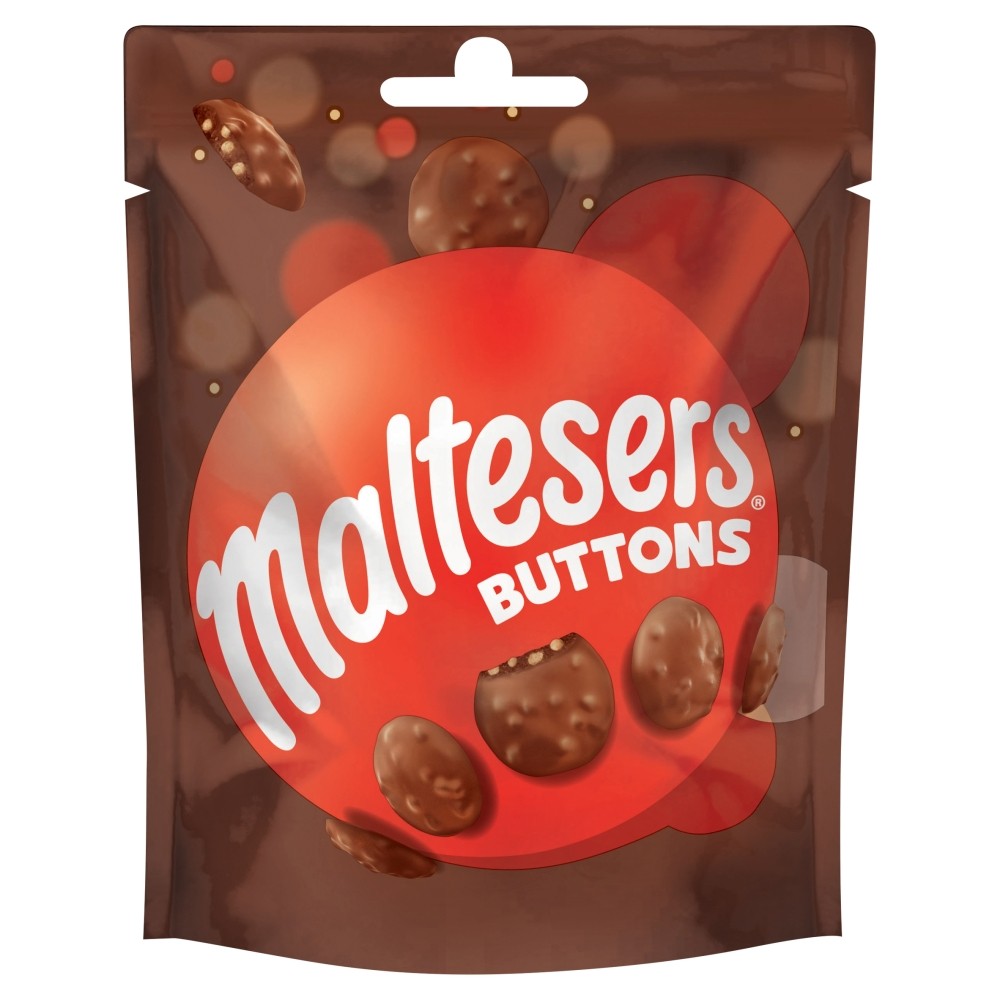
Packaging
Research shows that 42% of consumers say they would pay more for a product they consider to be from a luxury brand, while 31% say they would pay more for a product in luxurious packaging.
According to Jo Sinisgalli, senior brand manager for gifting at Mars Wrigley UK, this has helped the supplier identify that the look and feel of a product’s packaging is almost as valuable as the brand when creating consumer willingness to pay more.
“We’ve therefore ensured that our new premium products offer luxurious and modern designs to add to the feeling of a special gift or luxury treat to be shared with loved ones,” she adds.
Mint Maltesers Buttons to launch in March
In 2018, the supplier launched Maltesers Truffles, which became the number-one contributor to category growth during Christmas that year.
Sinisgalli outlines: “The brand extension into premium continues to drive growth to the category – with the Maltesers brand becoming the third-largest confectionery brand, worth £211.5m.”
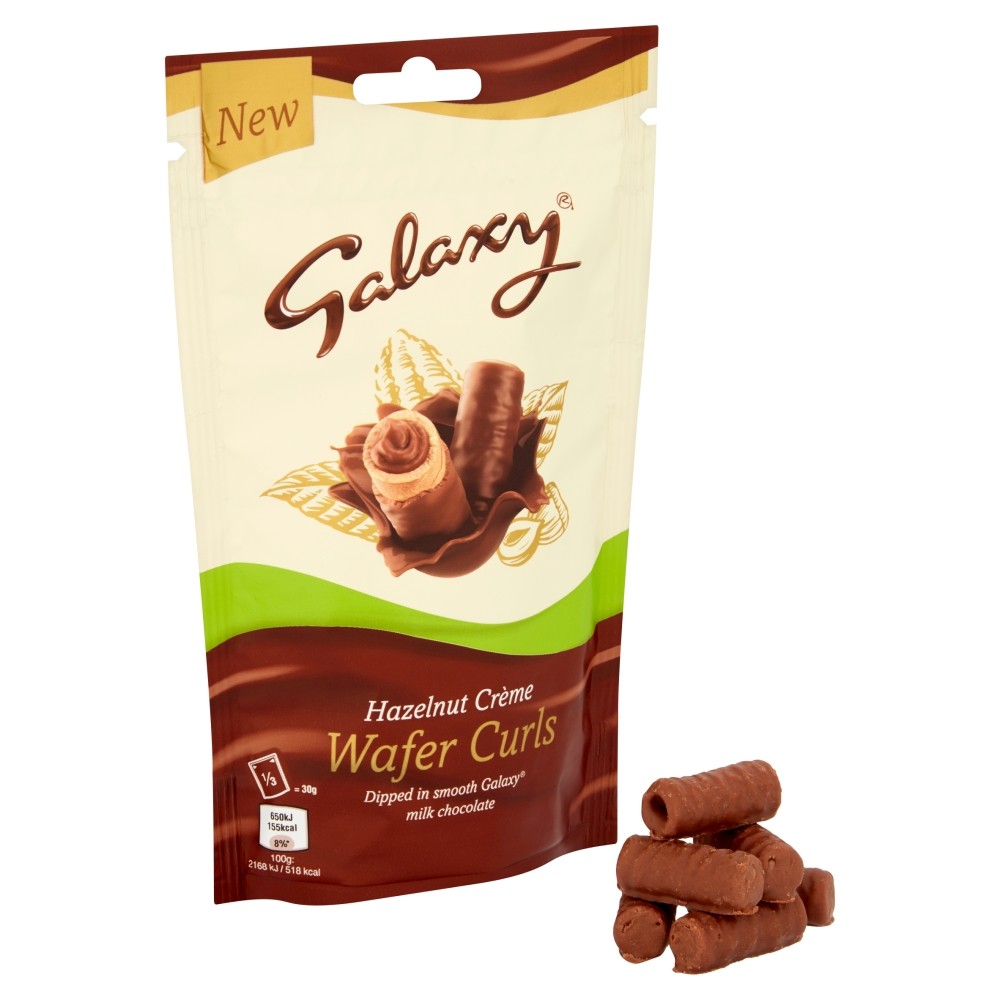
Further to this, Maltesers added a new White variety of Truffles as a limited-edition range in 2019, which became the second-biggest innovation in the market for Christmas 2019, after Galaxy Truffles.
“We’ve seen a number of competitor brands launch products in this small but profitable category – however, Galaxy Wafer Curls significantly outperformed all other premium bitesize products and fuelled 80% growth in the premium bitesize category,” she explains.
It isn’t just the bigger brands focusing on upping the appeal of their packaging. Last year, eco-conscious brand Seed & Bean rebranded its range to highlight that it used compostable packaging, Fairtrade ingredients and a high percentage of cocoa.
The brand claims that as well as a well-documented increase in consumers actively looking for more ethical products, a study from the European Consumer Packaging Perceptions found that 68% of UK shoppers stated the environmental impact of a product’s packaging affects their purchasing decisions.
Nestlé Confectionery launches Smarties Llamas exclusive to independent retailers
Beyond this, the research found that 36% of UK residents have switched brands or products because of environmental concerns about packaging.
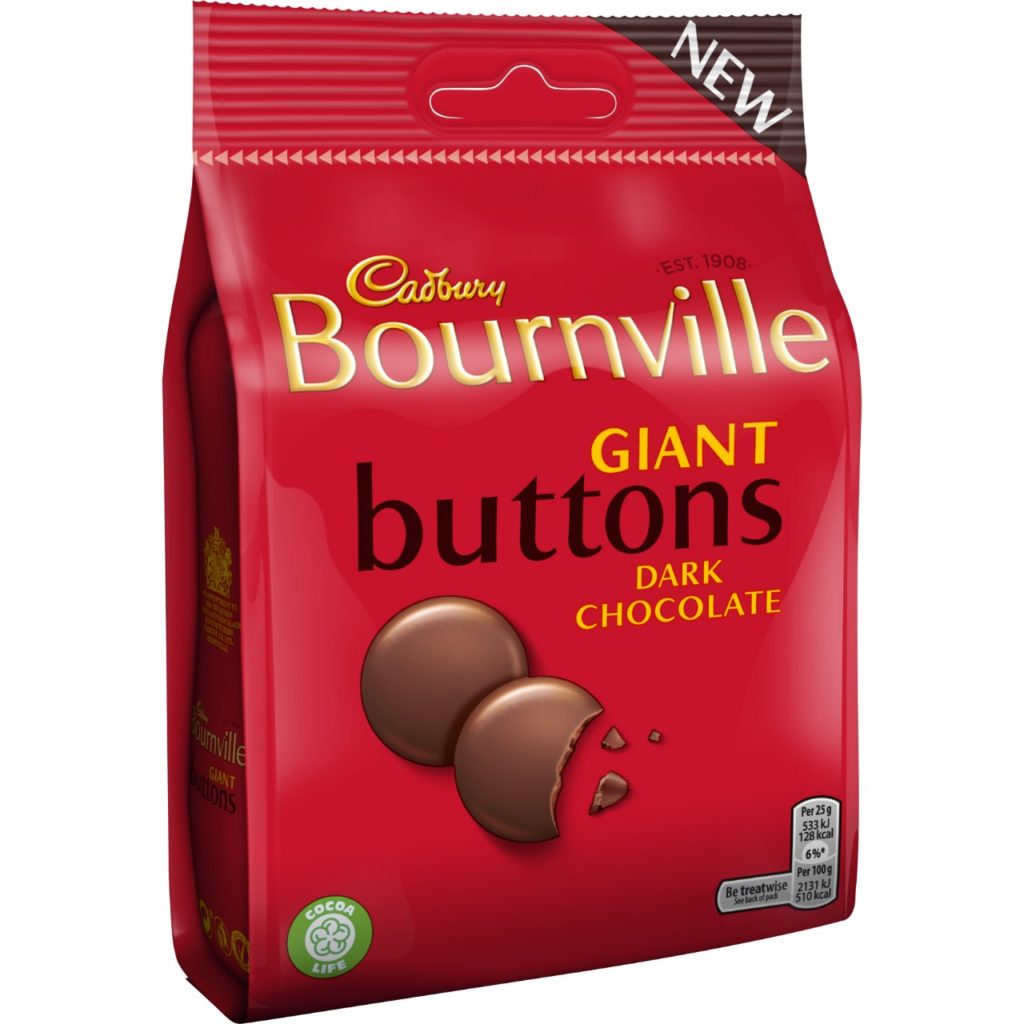
Oliver Shorts, the brand’s owner, says: “Sustainable brands often get a bad rap for being ‘boring’, but at Seed & Bean, we’ve always flown in the face of this stereotype. With this rebrand, we’re calling out our entirely compostable packaging.”
Raw Halo is another smaller company that is focusing on its premium status, coming from the fact that it uses ethically-sourced plant-based ingredients for its chocolate, sweetened with coconut sugar, and is ethically wrapped.
Meg Haggar, one of the company’s founders, says that it produces its chocolate in partnership with a social enterprise: a chocolate factory that helps its staff reach their full potential.
Last year, it also partnered with One Tree Planted, where Raw Halo plants one tree in Peru or Indonesia for every 50 bars sold, with an aim to plant more than 20,000 trees.
Formats to focus on
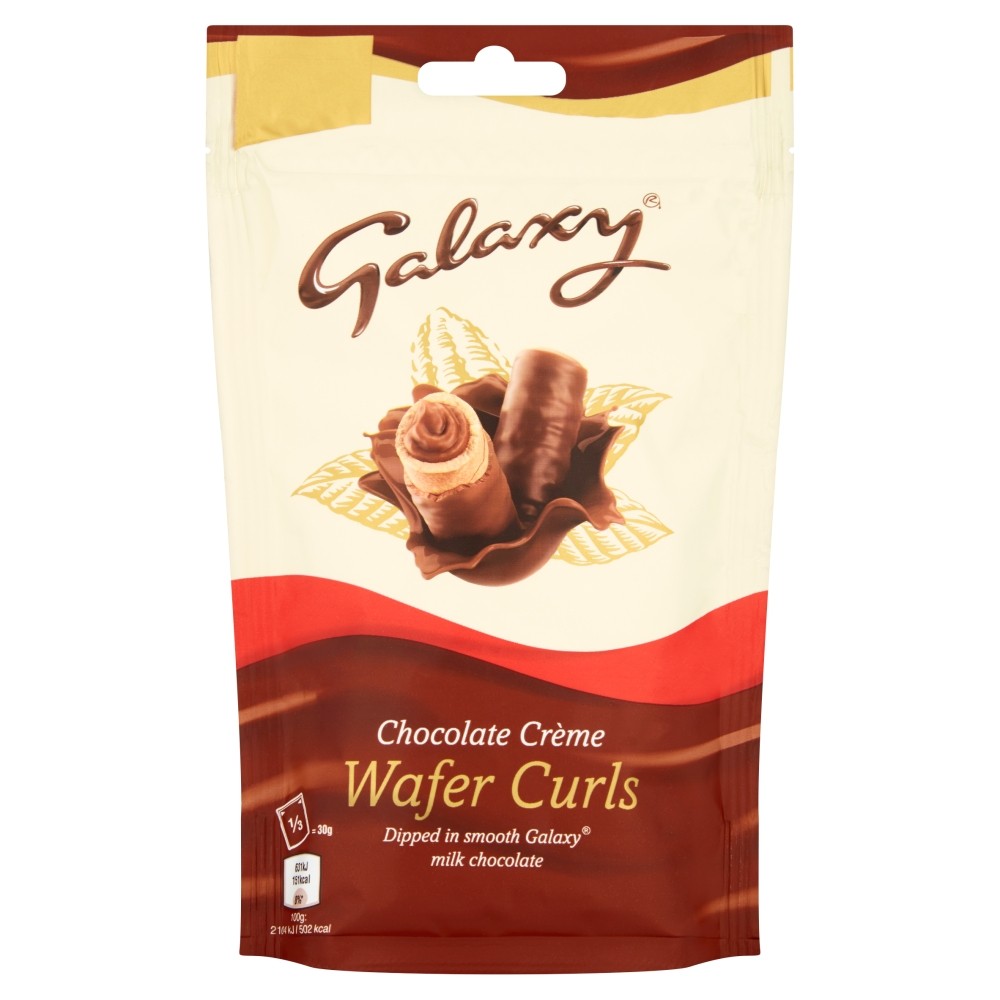
Having chocolate sharing formats, like tablets and bags, as part of a store’s premium range is key, with the latter being the fastest-growing segment.
Nash explains that as premium is the fastest-growing segment within chocolate, it’s bringing in new, high-value shoppers and increasing incremental sales.
To capitalise on this popularity, Mondelez’ Green & Black’s brand, which is growing at 11.1%, offers a range of tablets and sharing formats. “These packs meet the needs of consumers looking for a luxurious way to unwind at home,” she explains.
Boxed chocolate price comparison – Pricewatch
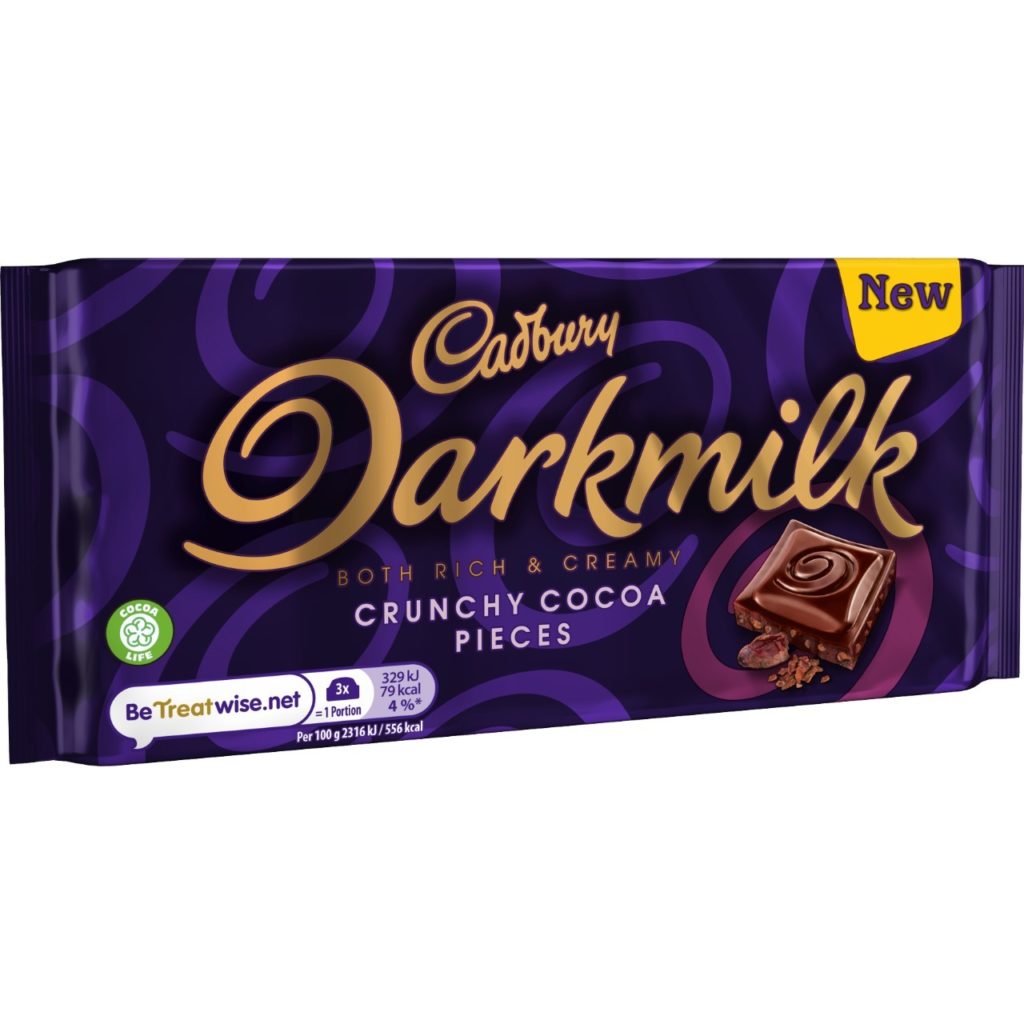
Meanwhile, made with 40% cocoa, Mondelez’ Cadbury Darkmilk brand comes in four flavours, including Original, Almond, Salted Caramel and Crunchy Cocoa Pieces – plus a single 35g bar to help drive impulse and on-the-go sales, and giant buttons.
Pippa Rodgers, brand manager for Cadbury Darkmilk, explains that dark chocolate accounts for 6% of total chocolate sales, and sales are growing by 16% – which is 6% ahead of milk chocolate.
“Shoppers tell us that they are looking for intense, rich and chocolatey flavours as they unwind in the evening, and that they are looking for foods with added values or benefits as they indulge. By adding cocoa nibs to Cadbury Darkmilk chocolate, we are giving shoppers exactly that,” she says.
Read more product news



Comments
This article doesn't have any comments yet, be the first!